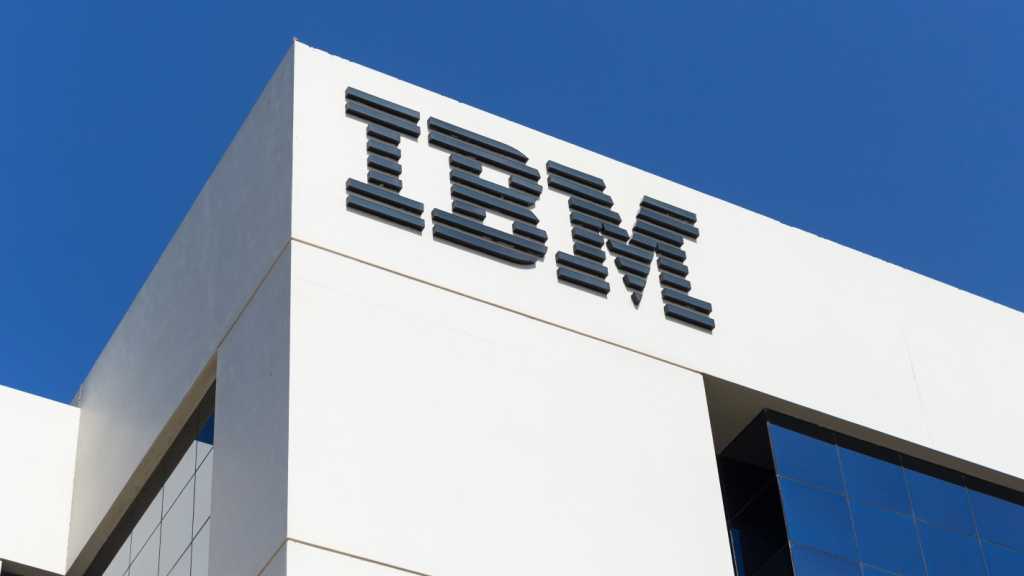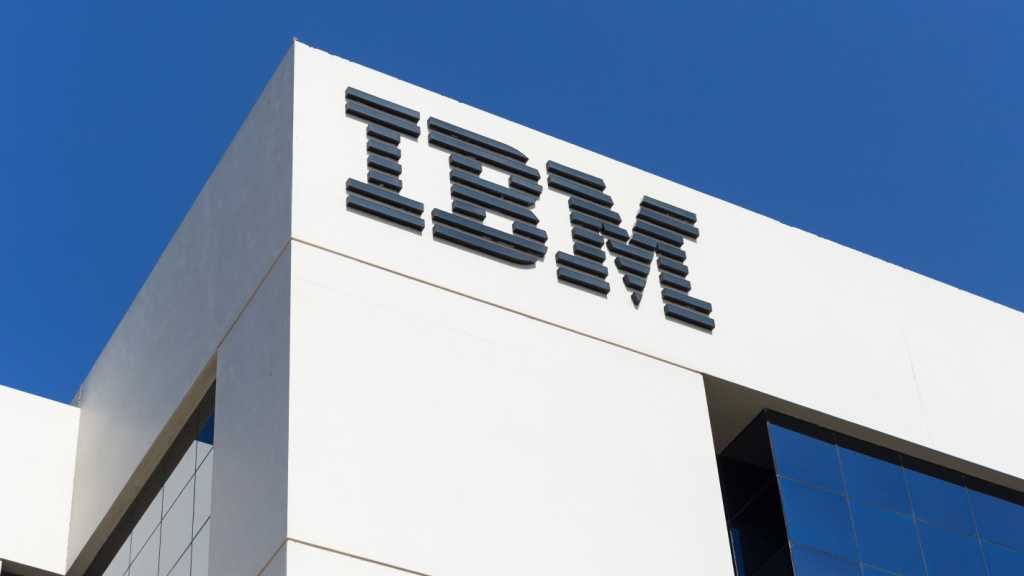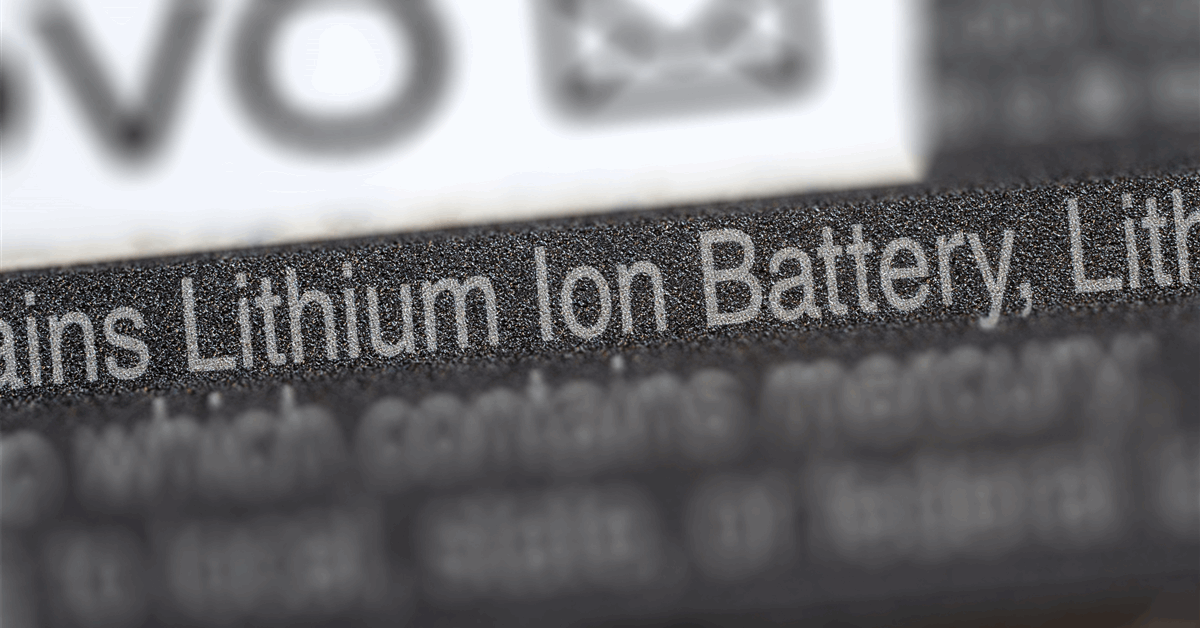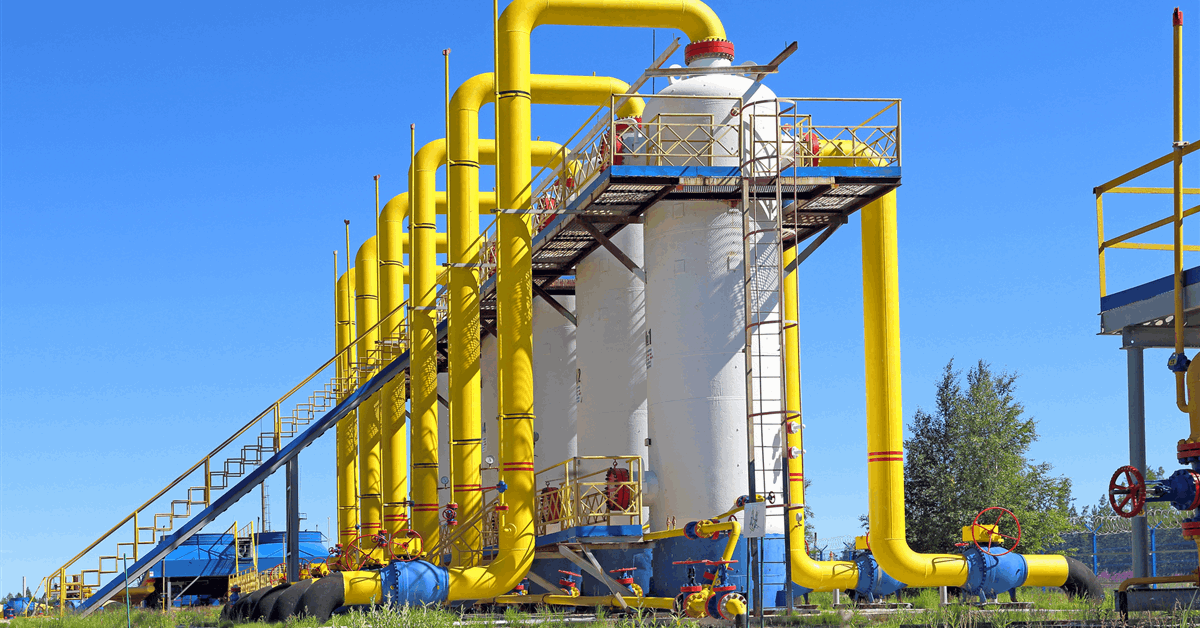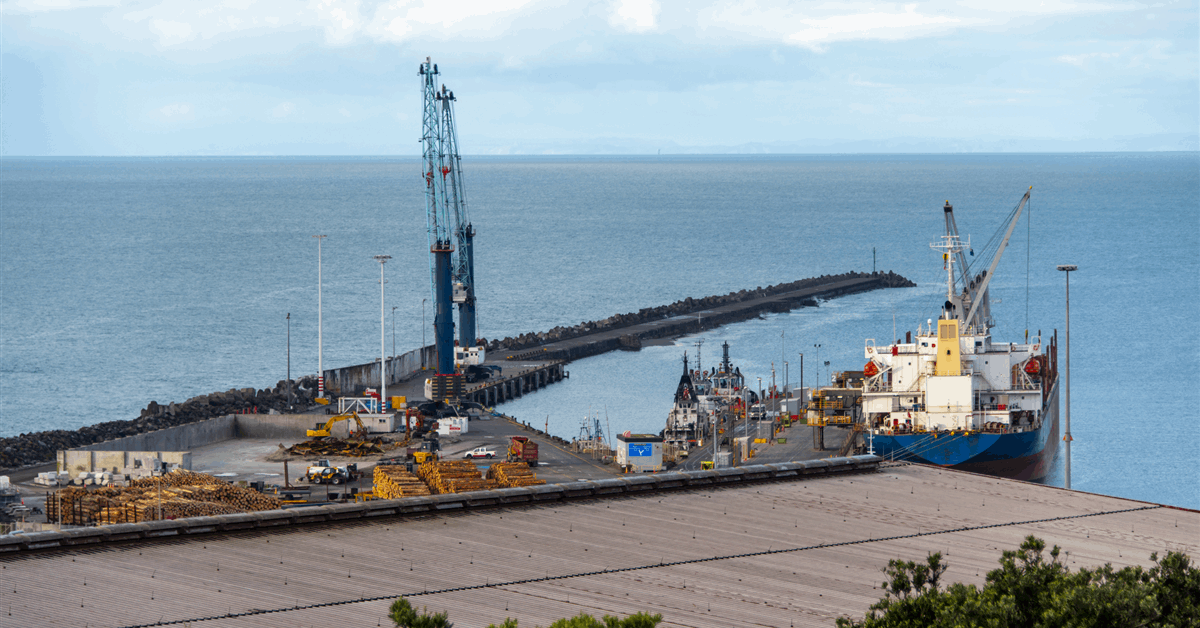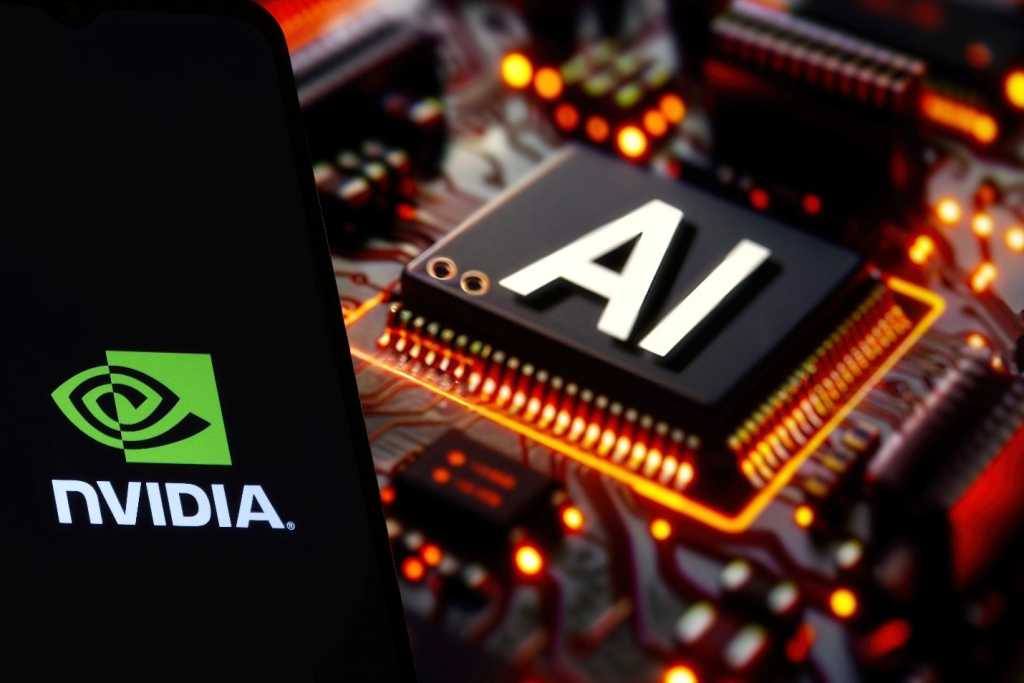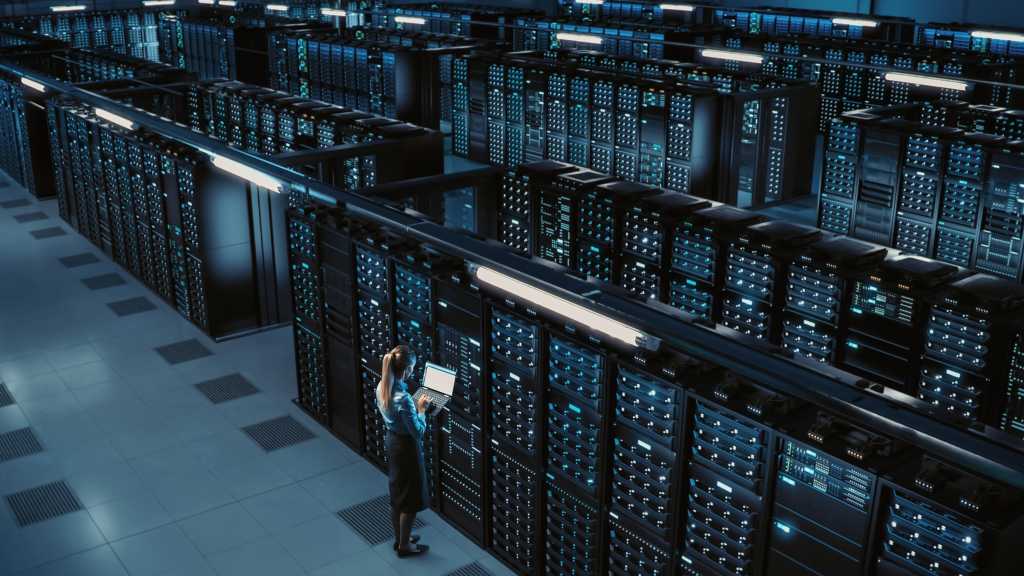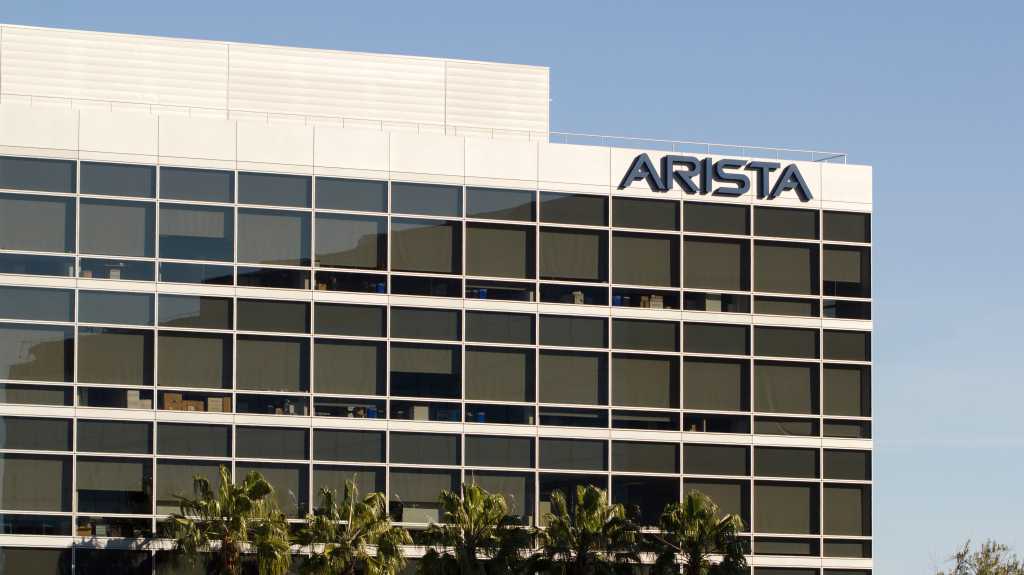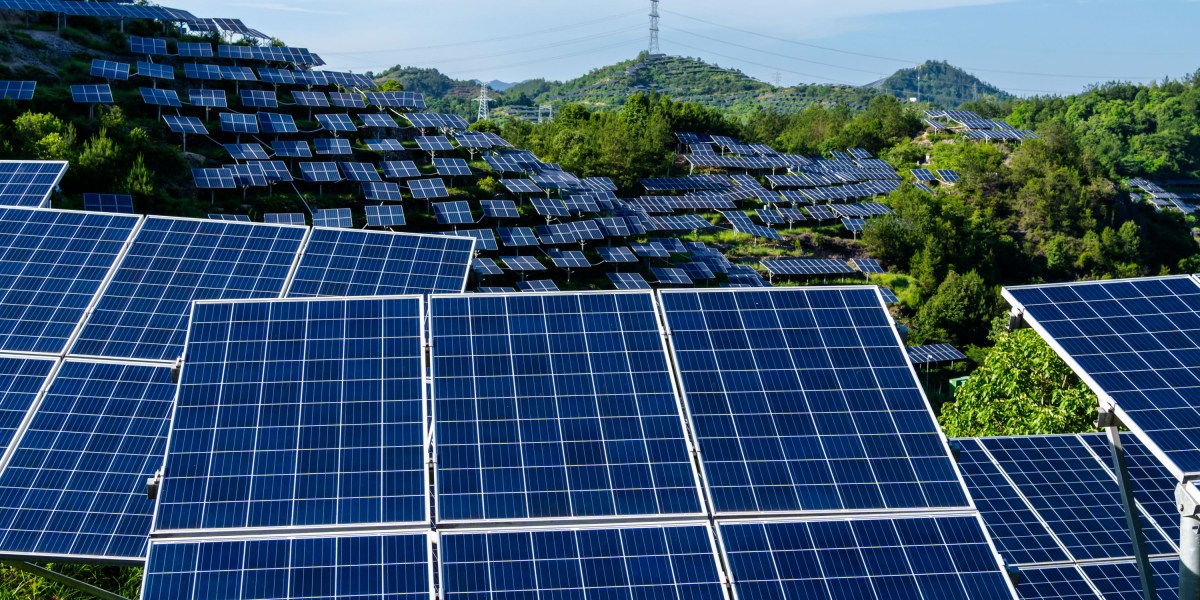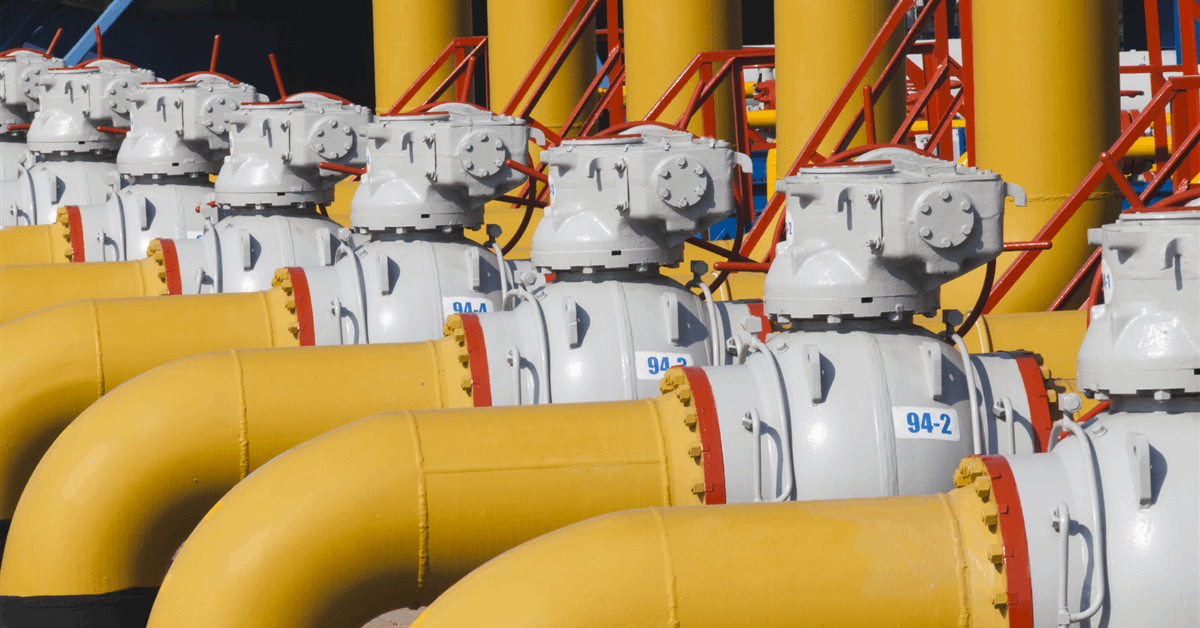
Germany’s Uniper SE said Wednesday it had sold its 18.26 percent interest in AS Latvijas Gaze, which is involved in natural gas trading and sales in the Baltic neighborhood primarily in Latvia, to co-venturer Energy Investments SIA.
“The sale of this non-strategic minority equity participation in AS Latvijas Gaze is part of the conditions that Uniper must fulfill under EU state aid law”, the gas and power utility said in a brief statement online.
Uniper was referring to fair-competition guardrails imposed by the European Commission in approving its bailout by the German government in late 2022.
Latvijas Gaze sells gas in Estonia, Finland, Latvia and Lithuania. In Latvia’s household sector, it is the biggest gas supplier, Latvijas Gaze says on its website.
Latvijas Gaze had a EUR 159.8 million ($187.59 million) revenue last year, according to Uniper.
Energy Investments has now increased its stake to 41.11 percent. JSC Rietumu Banka owns 28.97 percent, LLC ITERA Latvija 16 percent, UAB Haupas 6.15 percent and Port Investment Co. SARL 5 percent. Other shareholders hold 2.77 percent, Latvijas Gaze confirmed separately on Wednesday.
In February Uniper completed the sale of its North American power portfolio also as part of the conditions under the European Commission’s approval for the German state aid.
The divestment covered “power purchase and sale contracts and energy management agreements in the North American power markets ERCOT (North, South, West and Houston), WEST (WECC and CAISO) and CENTRAL (MISO and SPP) through a number of transactions with several counterparties”, Uniper said in a press release.
The North American dispositions excluded Uniper’s gas portfolio and hydrogen-related activities.
In January Uniper completed the sale of its natural gas-fired power plant in Gonyu, Hungary, to the local subsidiary of France’s Veolia SA. Commissioned 2011, the power plant generates up to 430 megawatts, according to Uniper.
In the other divestments completed as part of the bailout conditions, Uniper in May 2023 sold its marine fuel trading business in the United Arab Emirates and its 20 percent indirect stake in the BBL gas pipeline linking the Netherlands and the United Kingdom.
The other assets in the divestment package consist of an 84 percent stake in Unipro in Russia, a 20 percent stake in the OPAL pipeline, a hard coal-fired power plant in Germany, Uniper’s German district heating business and Uniper’s international helium business, according to Uniper.
Uniper must complete the divestments by 2026, as ordered by the Commission.
To contact the author, email [email protected]
What do you think? We’d love to hear from you, join the conversation on the
Rigzone Energy Network.
The Rigzone Energy Network is a new social experience created for you and all energy professionals to Speak Up about our industry, share knowledge, connect with peers and industry insiders and engage in a professional community that will empower your career in energy.
MORE FROM THIS AUTHOR



